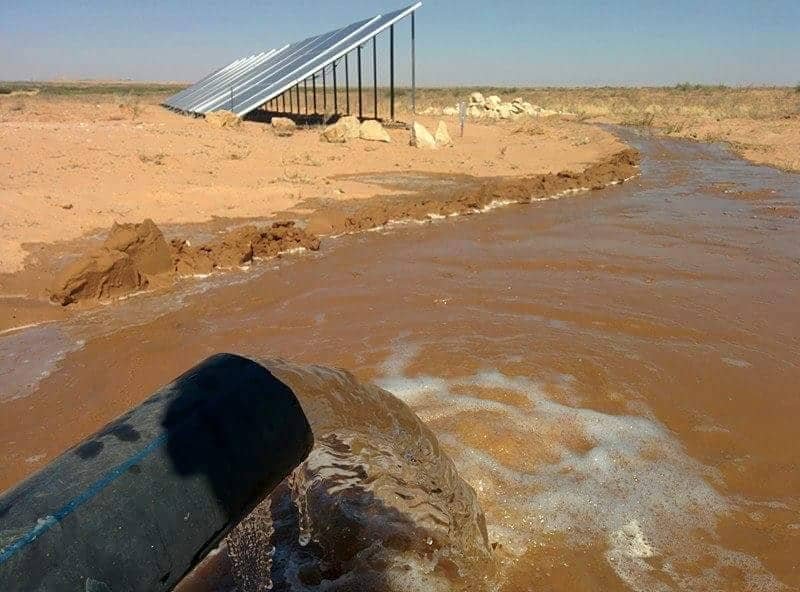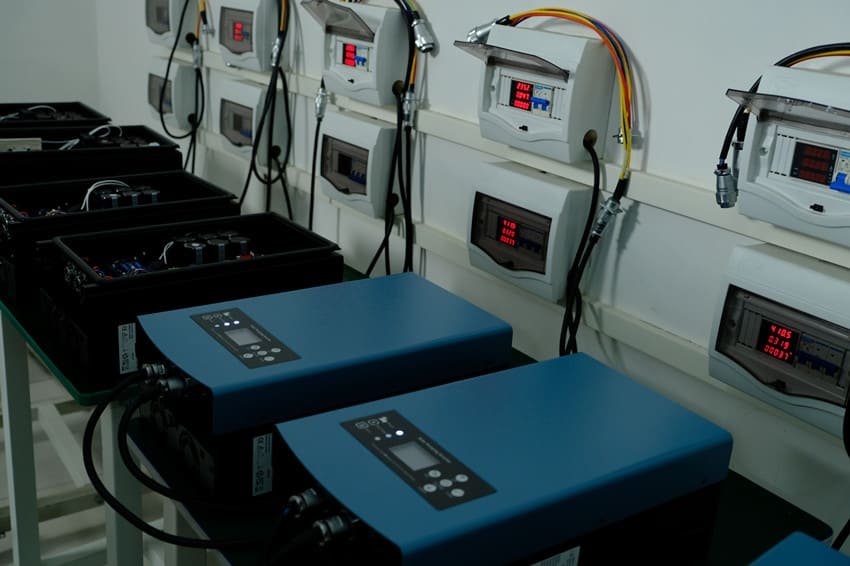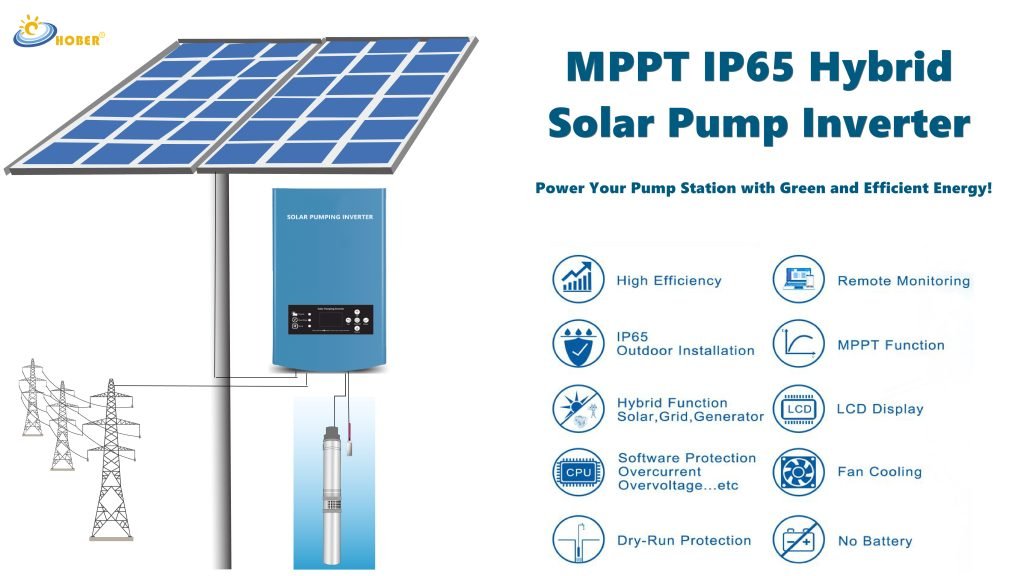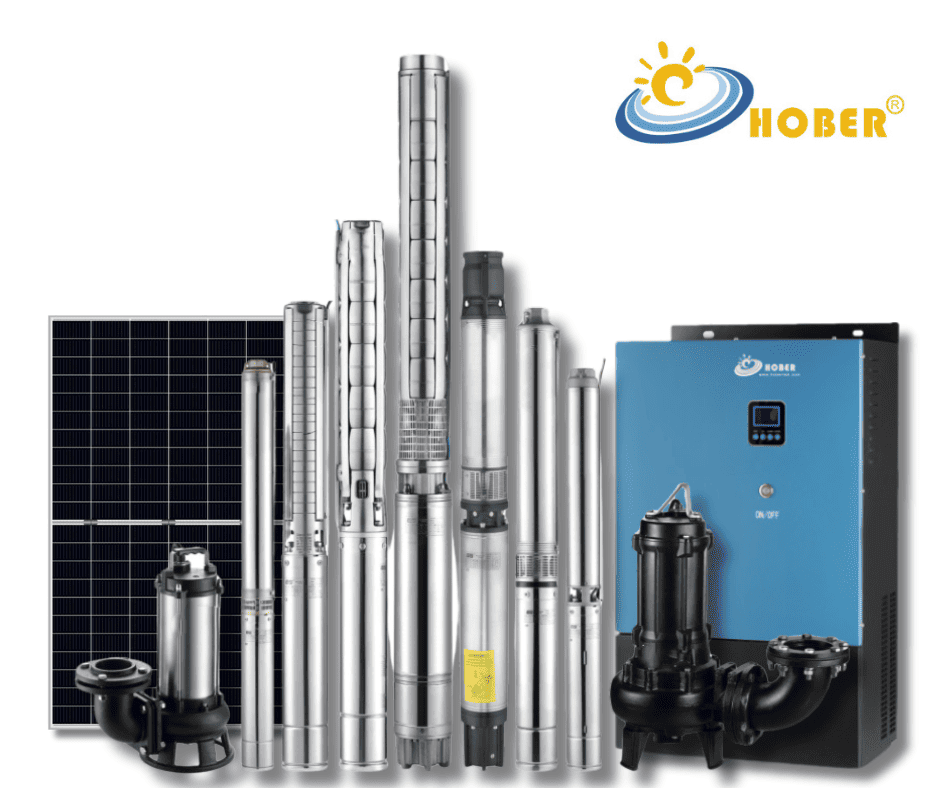MPPT VFD solar pump inverters are specialized devices designed specifically for solar-powered applications, distinguishing them significantly from standard Variable Frequency Drives (VFDs). Here’s a detailed explanation of how these solar-specific inverters differ and why they are particularly suited for solar-driven systems:

Integration of MPPT Technology
The primary distinction of MPPT (Maximum Power Point Tracking) VFD solar pump inverters is their integration of MPPT technology, which is not present in conventional VFDs. This technology is crucial for solar applications because it maximizes the efficiency of solar panels:
- Optimal Power Use: MPPT technology continuously adjusts the electrical load to ensure that the solar panels operate at their ideal power output point. This is vital in solar applications where the intensity of sunlight and hence energy production can vary throughout the day.
- Increased Energy Harvesting: By ensuring that the solar panels work at their maximum capacity, MPPT technology can significantly increase the amount of energy harvested, which is particularly important in regions with variable sunlight.
Designed for Solar Energy

Unlike standard VFDs that are typically designed to regulate the speed of motors using consistent power from the grid, MPPT VFD inverters are optimized for fluctuating power sources like solar panels:
- Variable Input Handling: These inverters are capable of handling the highly variable DC input from solar panels, converting it into AC power while adjusting the frequency according to available solar energy.
- Solar Specific Features: MPPT VFD inverters often come with features specifically designed for solar applications, such as built-in solar charge controllers, energy storage interfaces, and sometimes even remote monitoring systems that utilize solar panel data.
Enhanced Energy Efficiency

The combination of MPPT and VFD technologies in one unit provides superior energy efficiency for solar-powered systems:
- Dynamic Speed Adjustment: The VFD component adjusts the speed of the water pump based on the power output from the MPPT controller. This dynamic adjustment means that the pump only uses as much power as the solar panels can provide, minimizing waste.
- Reduced Wear and Tear: By avoiding the need to run pumps at full speed regardless of solar availability, these inverters reduce mechanical wear and extend the lifespan of both the motor and the pump.
Applications
MPPT VFD solar pump inverters are ideal for remote locations where grid electricity is unreliable or unavailable. They are commonly used in:
- Irrigation: Efficiently managing water resources in agricultural settings by matching pump output to solar energy availability.
- Rural Water Supply: Providing water to remote communities without the need for expensive and logistically challenging grid connections.
- Residential Systems: Supporting sustainable home water systems, especially in off-grid homes that rely on solar panels for their energy needs.
Conclusion
MPPT VFD solar pump inverters represent a significant advancement over standard VFDs by specifically addressing the challenges and variability of solar power. Their ability to maximize solar panel output through MPPT technology while efficiently controlling pump operation makes them a critical component in modern solar energy systems. These inverters not only enhance energy efficiency but also contribute to the sustainability and reliability of solar installations across diverse applications.
FAQ
What is an MPPT VFD Solar Pump Inverter?
An MPPT VFD solar pump inverter is a device that combines Maximum Power Point Tracking (MPPT) and Variable Frequency Drive (VFD) technologies to optimize the efficiency of solar-powered water pumps. It regulates the speed of the pump based on the power available from solar panels, ensuring maximum energy usage and extending the lifespan of the system.
How does MPPT technology benefit solar pumping systems?
MPPT technology ensures that solar panels operate at their maximum power point, adjusting to changes in sunlight intensity throughout the day. This results in higher energy production and efficiency, which is crucial for solar systems where power output can be inconsistent due to varying weather conditions.
Can MPPT VFD inverters save energy?
Yes, by adjusting the speed of the water pump to match the available solar energy, MPPT VFD inverters prevent energy wastage. This means the pump only uses the energy necessary for its operation, which can significantly reduce overall energy consumption.
Are MPPT VFD inverters only useful for water pumps?
While they are primarily designed for controlling water pumps, MPPT VFD inverters can also be used in other applications where motor speed needs to be synced with variable power outputs, such as ventilation systems in solar-powered buildings or other types of fluid pumps.
What makes MPPT VFD inverters different from regular VFDs?
Regular VFDs are designed to control the speed of electric motors using a constant power source, typically from the grid. MPPT VFD inverters, however, are specifically designed to handle variable power inputs from solar panels, integrating MPPT to maximize the solar panels’ efficiency before regulating the motor speed.
How do I choose the right MPPT VFD inverter for my system?
Choosing the right inverter involves considering several factors:
- Pump Capacity: Match the inverter’s output power with the motor’s requirements.
- Solar Array Size: Ensure the inverter can handle the maximum output of your solar array.
- Operational Environment: Consider environmental factors such as temperature ranges and exposure to elements.
- Additional Features: Look for features like remote monitoring capabilities, compatibility with your monitoring systems, and protective features against environmental hazards.
Can MPPT VFD inverters operate at night?
MPPT VFD inverters require solar power to operate. At night, without battery storage, the system will not function. If continuous operation is needed, integrating a battery storage system or a backup power source is necessary.
What maintenance do MPPT VFD inverters require?
Maintenance for these inverters typically includes regular cleaning to remove dust and debris, checking electrical connections for security and corrosion, and ensuring the cooling system is functioning properly to prevent overheating. Firmware updates and system diagnostics may also be performed periodically to ensure optimal operation.
Are there any government incentives for installing solar pump inverters?
In many regions, there are incentives such as tax rebates, grants, or subsidies for installing solar energy systems, including solar pumps with MPPT VFD inverters. Check with local energy agencies or solar energy consultants to find out what incentives are available in your area.

